Just outside of Heraklion, the biggest city and capital of Crete, lie the ruins of Knossos: one of the most remarkable archaeological sites in the Western world. Knossos was home to the palace of King Minos, and thought to be the center of the extinct Minoan kingdom. It’s a place drenched in history so ancient, it’s positively mythological.
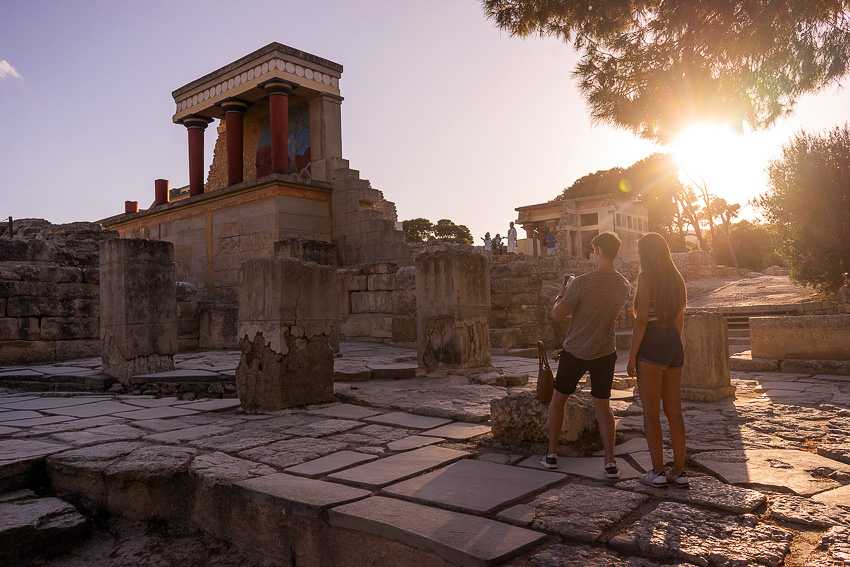
Heraklion is a three-hour bus ride from Chania, which we were astounded to discover. It’s easy to think of all the Greek islands as “small”, but this isn’t the case with Crete. By the time we had arrived, checked into our hotel, and found the public bus which runs to Knossos, the day had grown late, and we left with about an hour at the site. But actually, it worked out; the early evening light was beautiful, and there were fewer other visitors.

The history of this place is truly impressive; the first palace at Knossos was built around 2000 BC. That’s over 4000 years ago! It makes you wonder how little our species has progressed since those days, because this place had it all: a theater for up to 400 spectators, a ritual center, bathrooms with a water-supply, a drainage system, wells, a plaza, and a central hall with over 16 rooms. An earthquake in the 17th century BC wiped out the original palace, but a new one was built right on top, and Knossos remained inhabited until the era of the Romans.
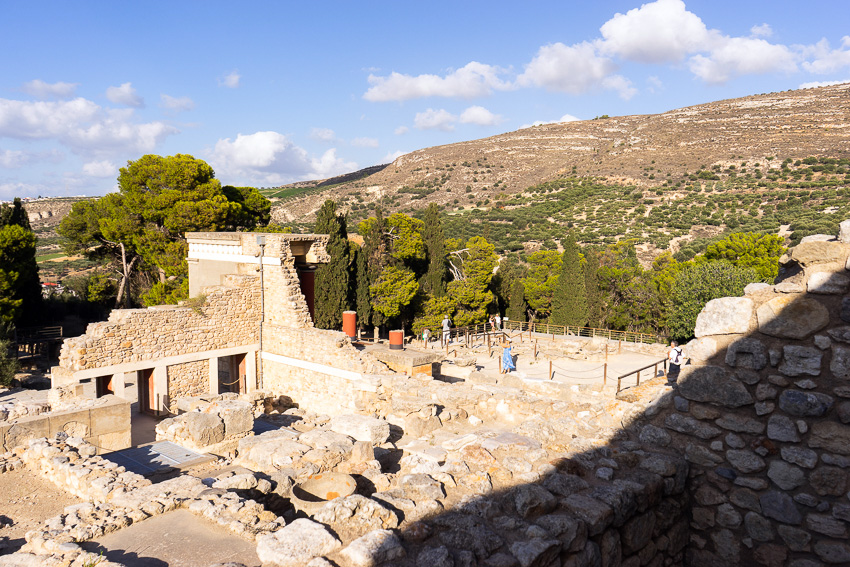
It’s thought that the palace was the home of King Minos. If you’re as ignorant as us, it might come as a surprise that King Minos was an actual historical figure, and not just something from the Greek myths. Of course, it’s unlikely that he kept a Minotaur in his labyrinth — but it is thought that he actually had a labyrinth of some sort. And Knossos is the most likely place for it.
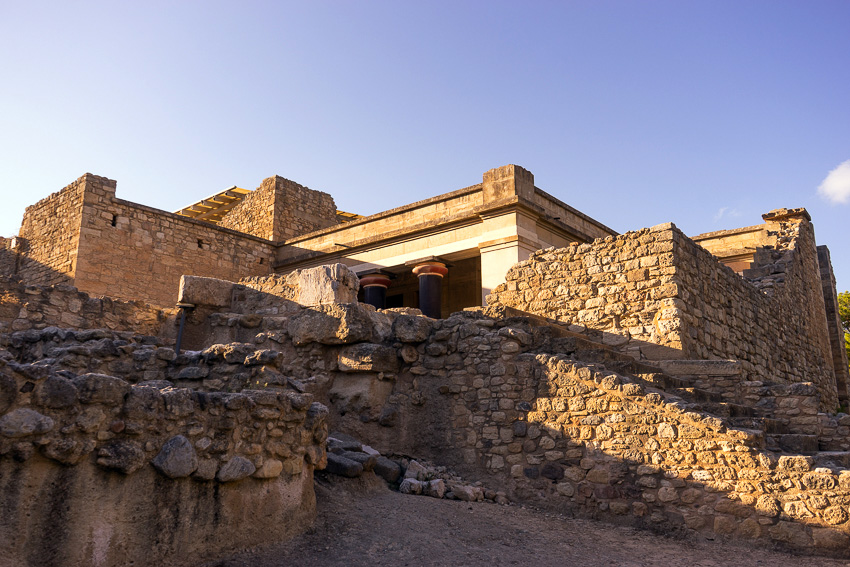
So how is it possible that, given this history and the beauty of the surrounding area, we didn’t really love our time at the site? Well, that’s all thanks to Sir Arthur Evans, the British archaeologist in charge of the initial excavations. It wasn’t enough for Sir Arthur to simply catalogue his finds: he wanted to reconstruct portions of the palace, based on his own ideas of how it must have looked.
The results leave a lot to be desired. Much of Knossos simply doesn’t look right. Evans incorporated Victorian elements into the design, reflecting the architectural trends of his time. In some areas, it’s obvious, which is bad enough… but what’s worse is that it’s often difficult to tell what’s “genuine” versus what’s the fancy of a pampered English gentleman. As a result, it’s hard to appreciate any of it. This is a sin which modern archaeologists would never dream of committing… but back in 1900, the discipline just wasn’t as advanced.
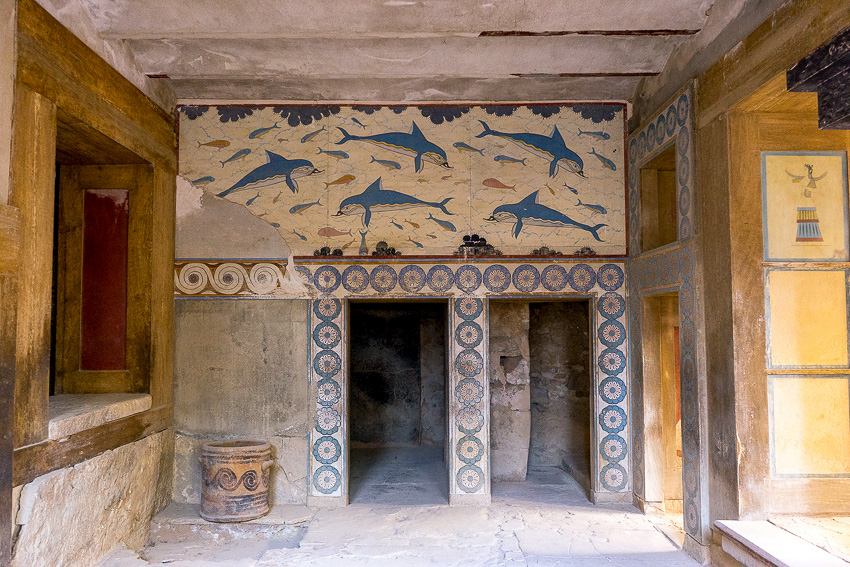
A visit to the palace is still worthwhile, though, and there is plenty to see. You can go inside a few of the rooms, and there are some restored frescoes. Our favorite was a room on the lower levels, decorated with a series of dolphins. And the famous Minoan columns are fascinating: they’re “inverted”, with the base thinner than the top, and although these are also reconstructions, they’re definitely based on historical record, right down to their bright red color.
A ticket to Knossos also gets you into Heraklion’s incredible Archaeological Museum, where many of the palace’s priceless treasures are safeguarded. You won’t want to visit both in one day, but it would be a shame to miss either.
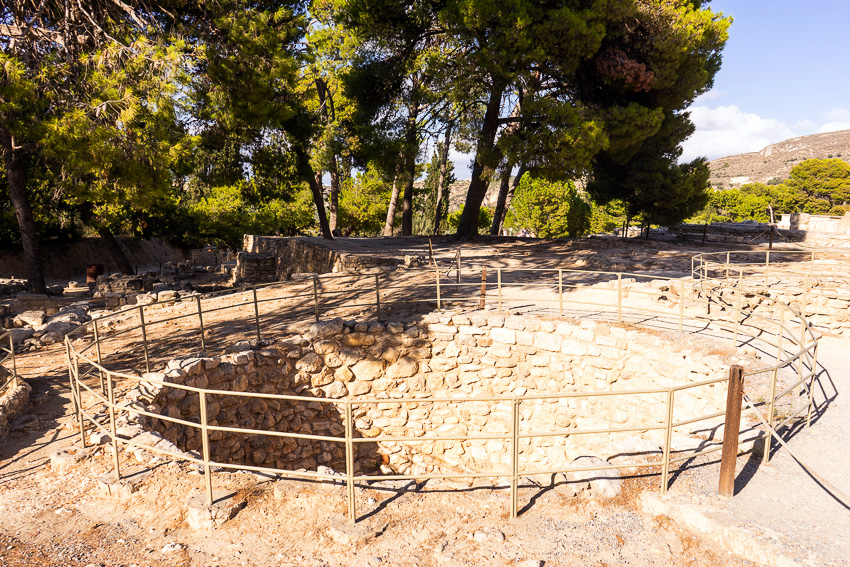

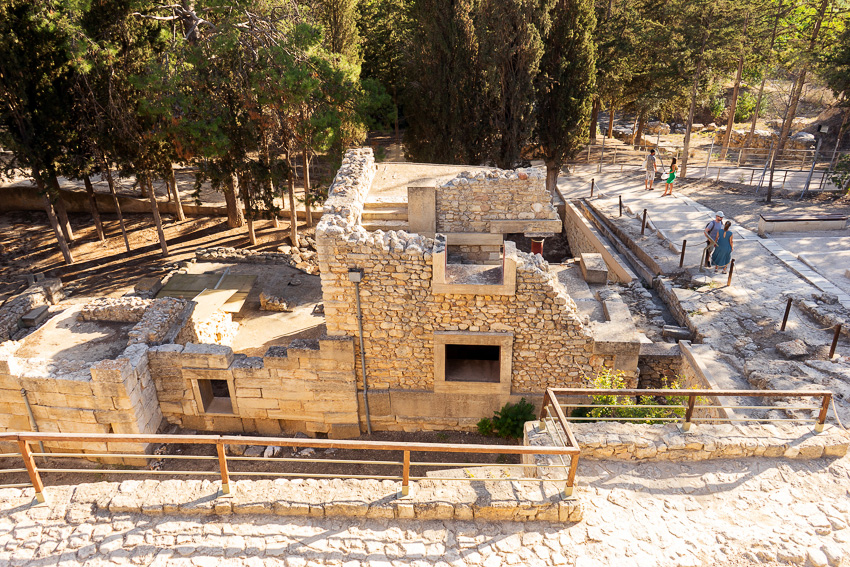
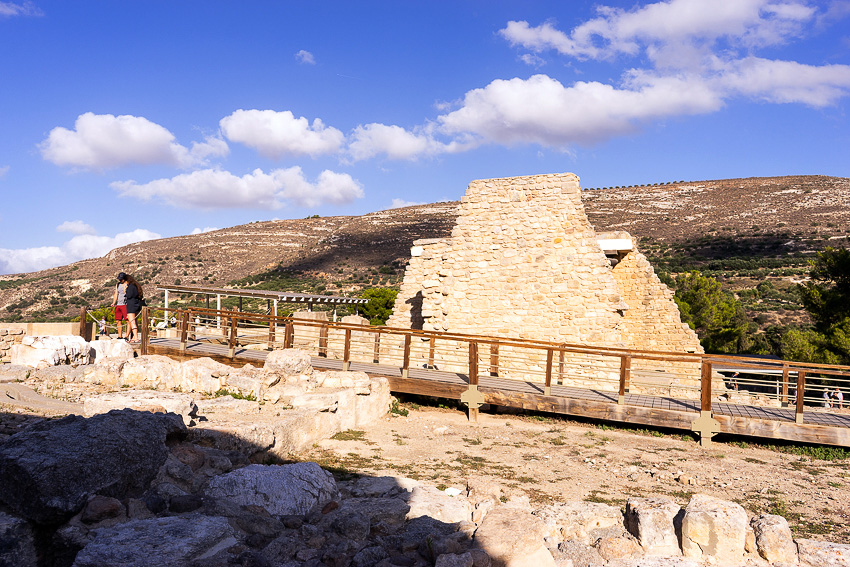
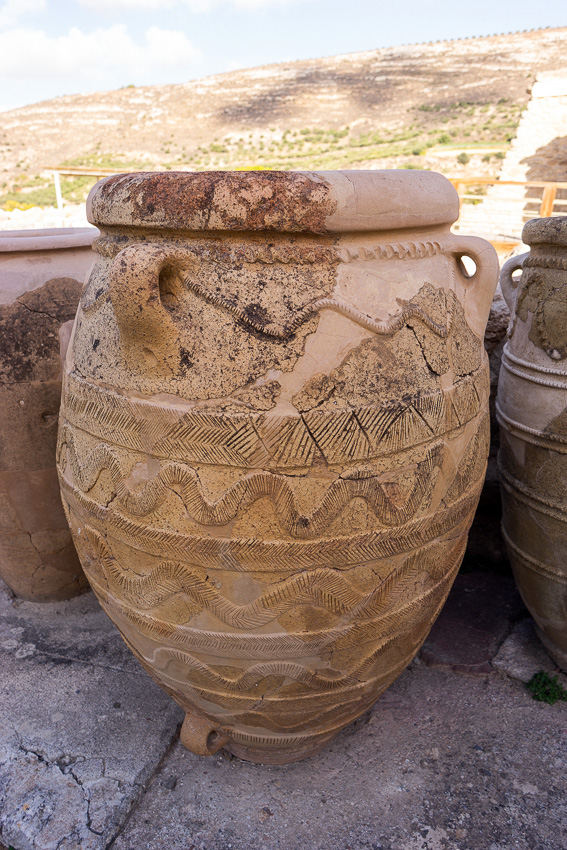
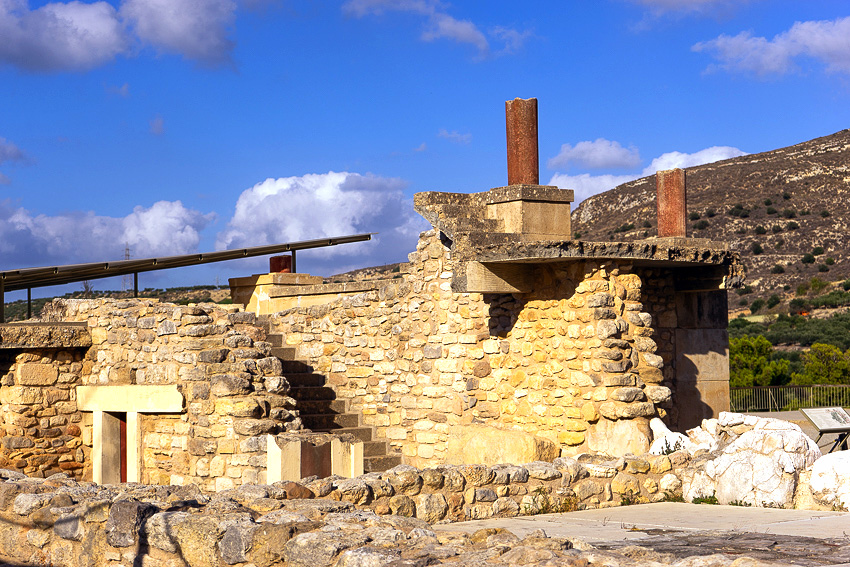
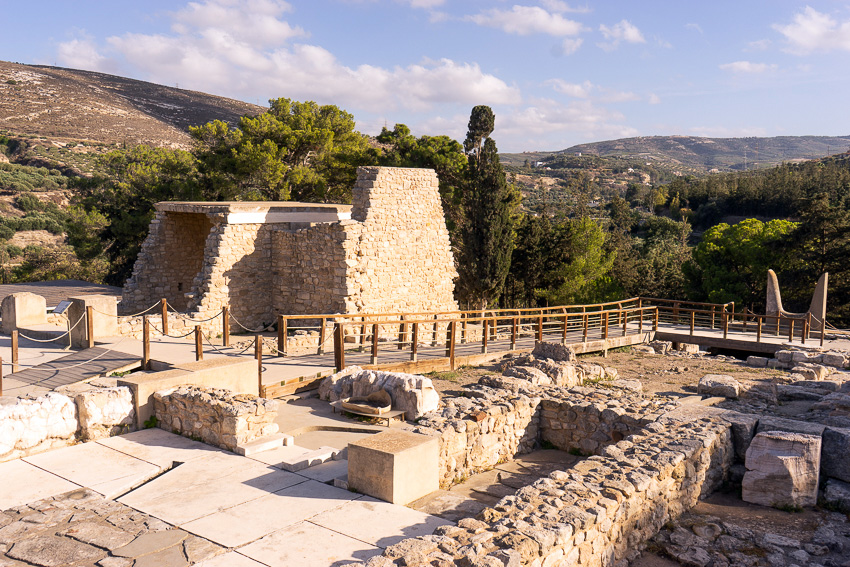
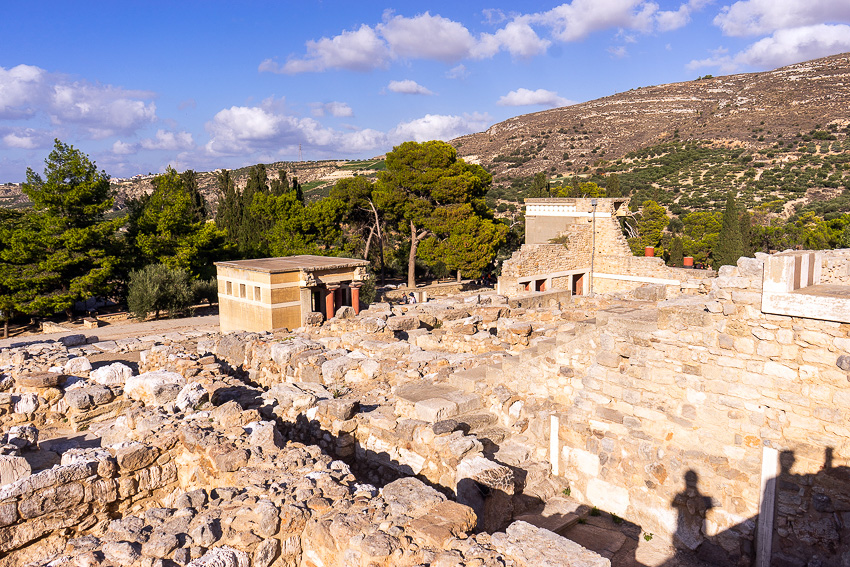
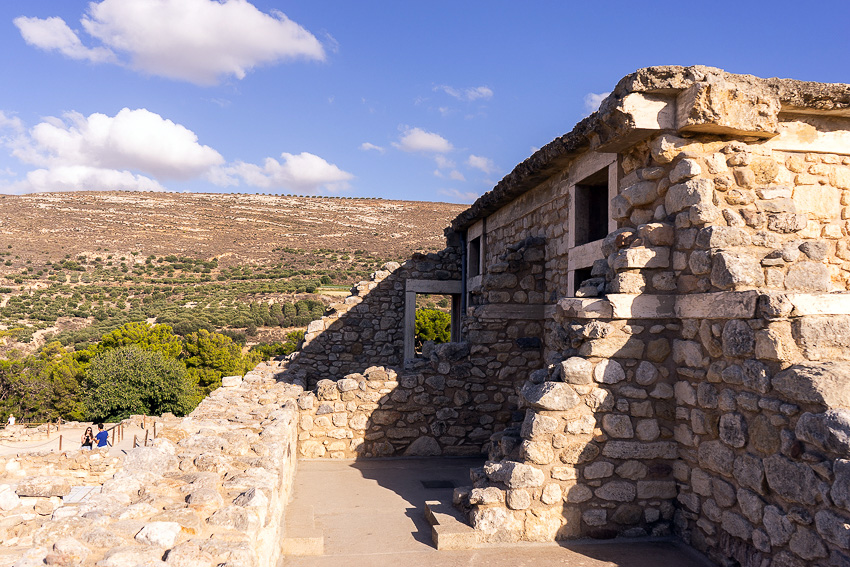
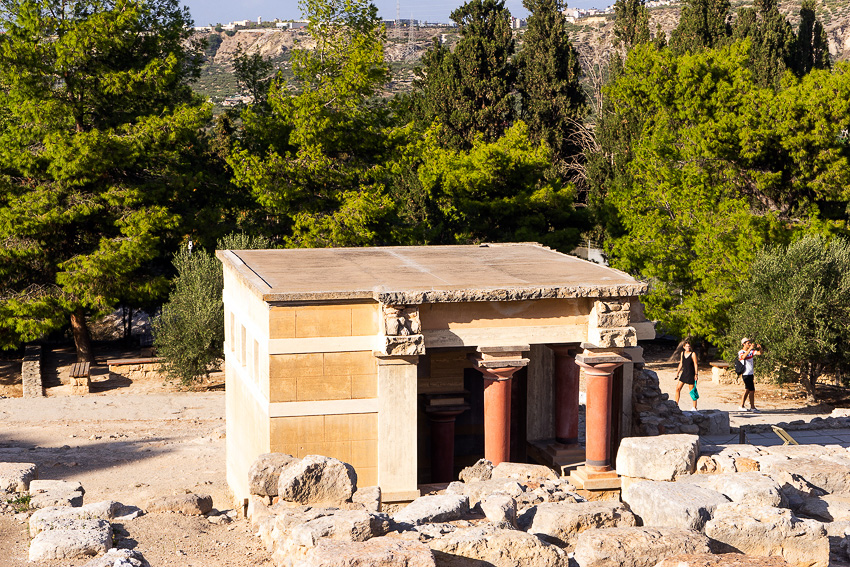
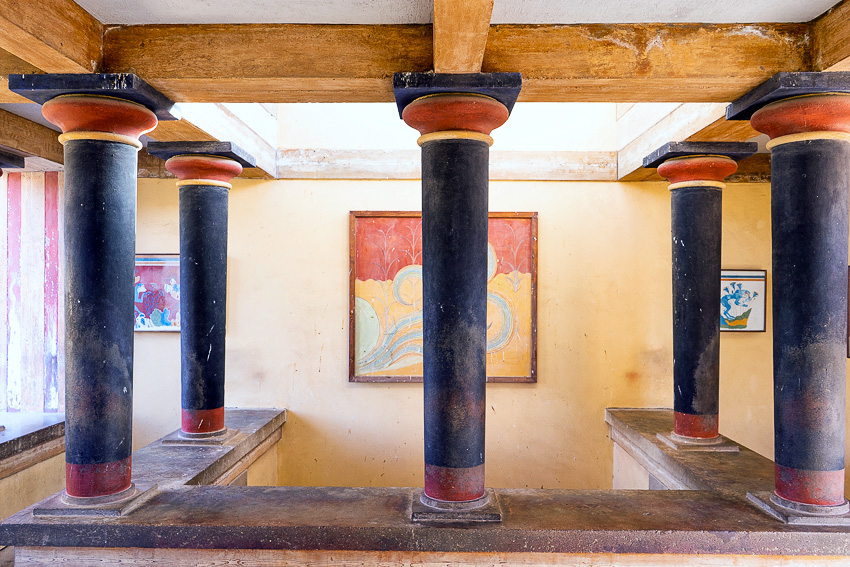
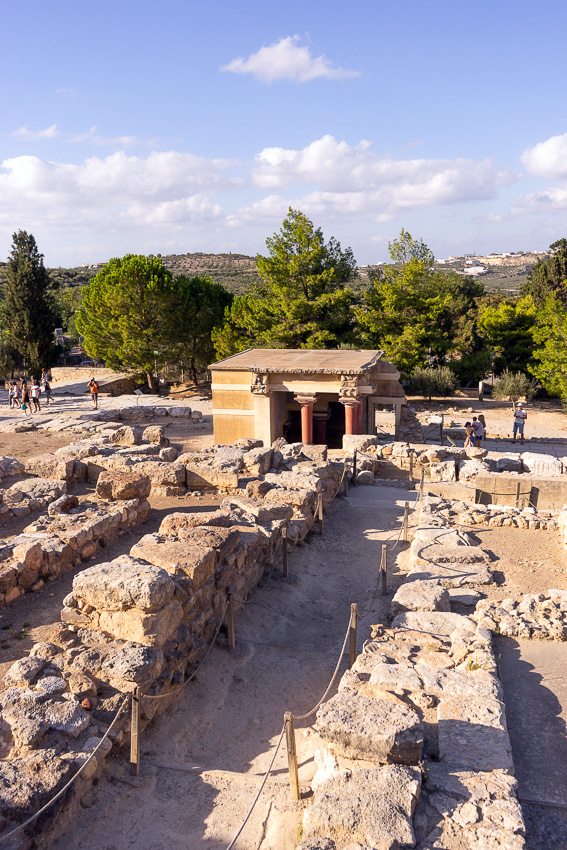
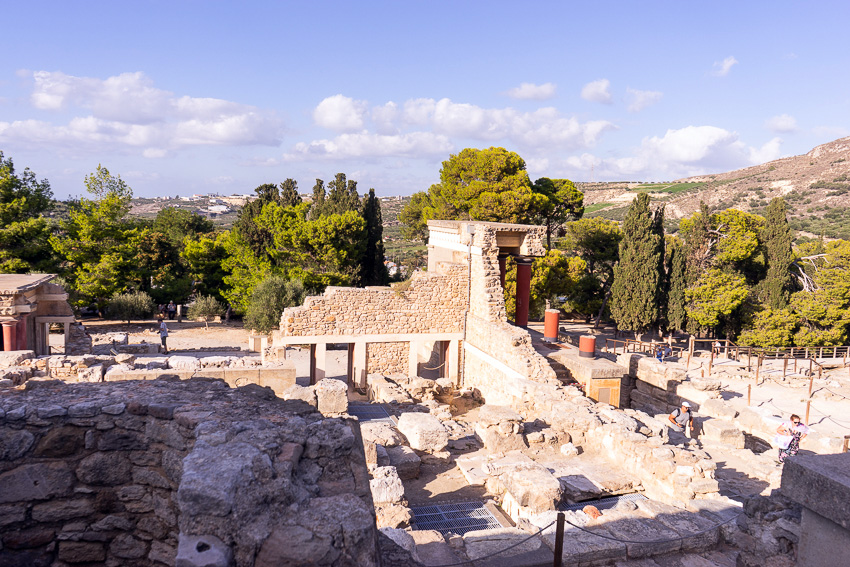
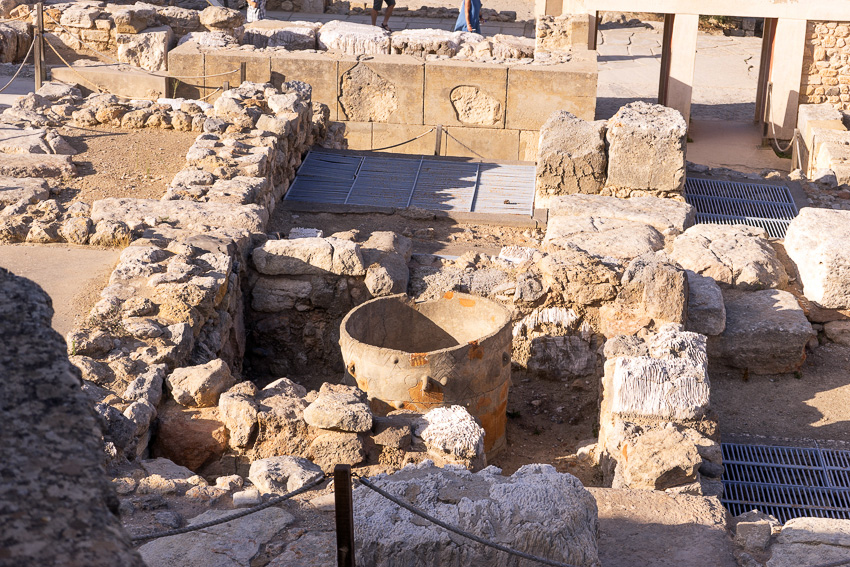
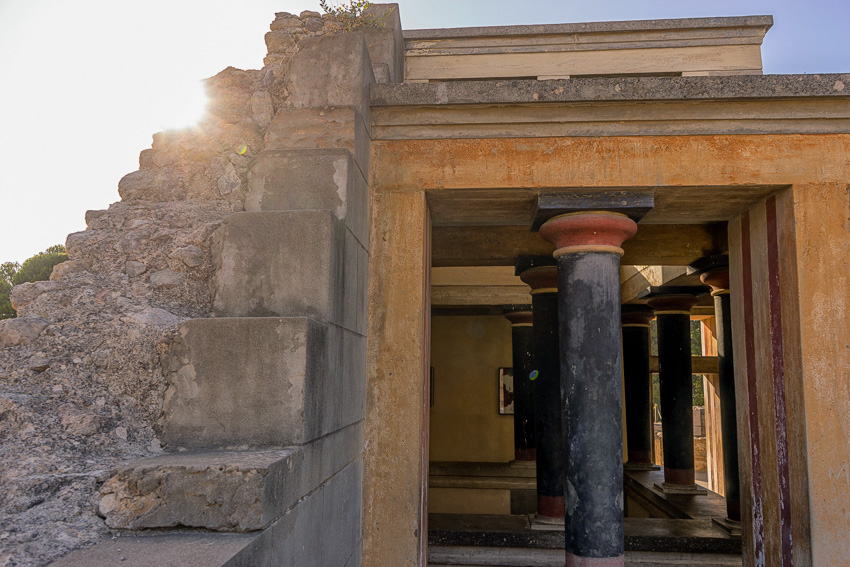
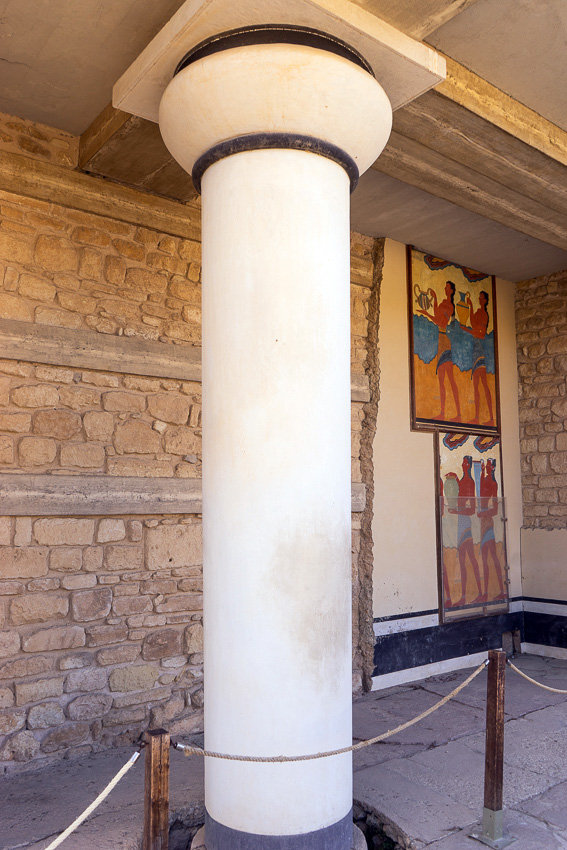

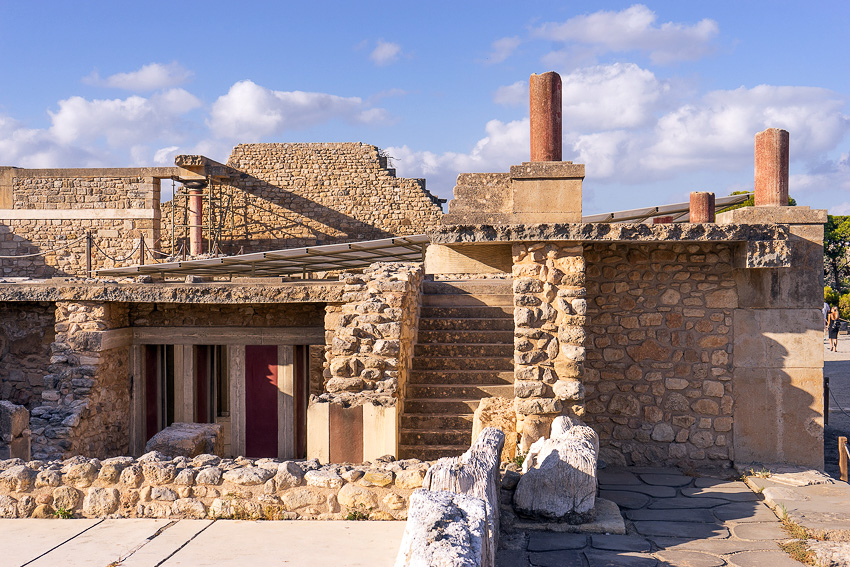
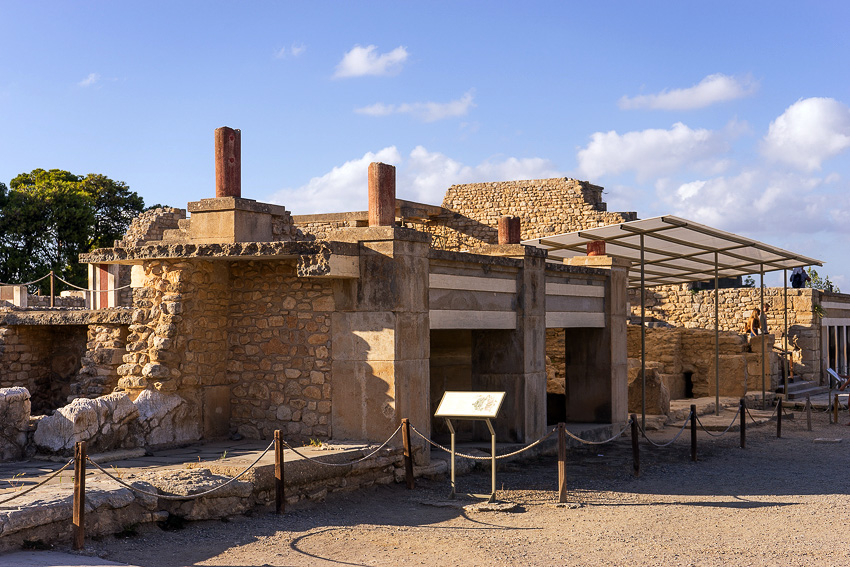
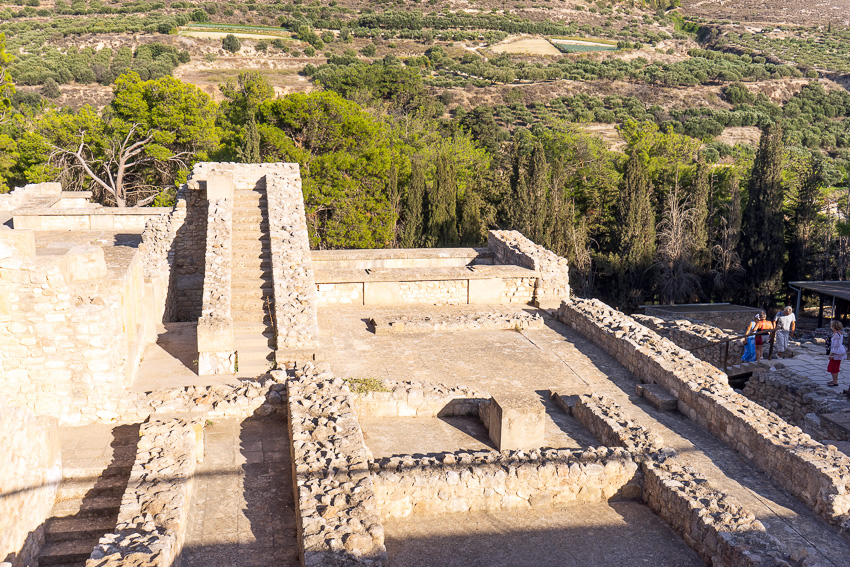
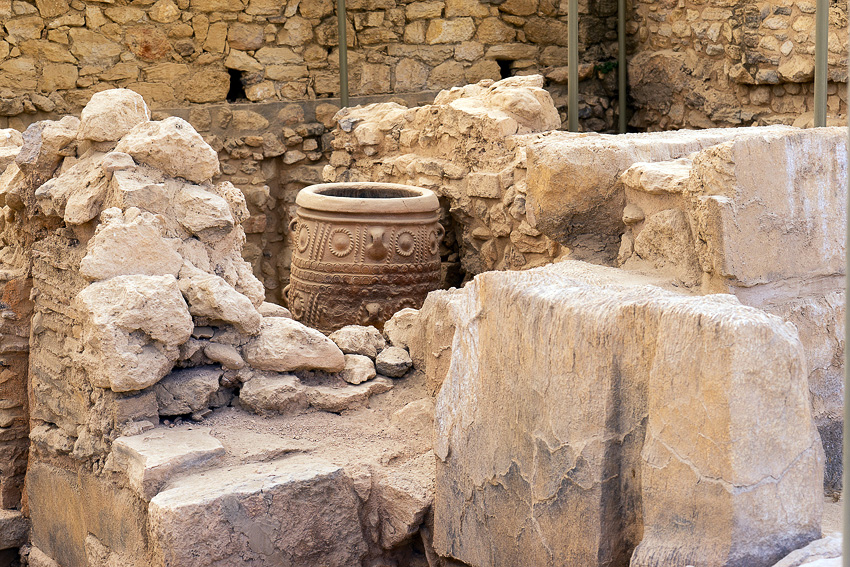
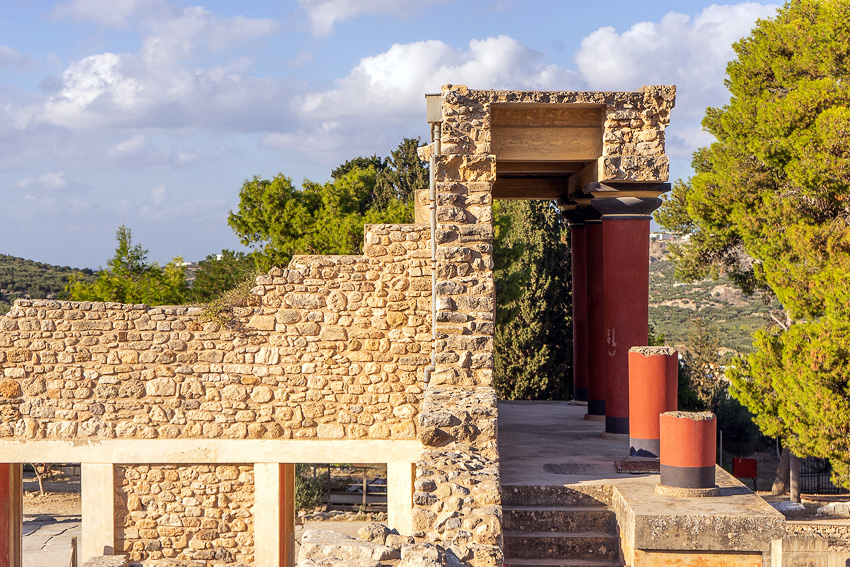
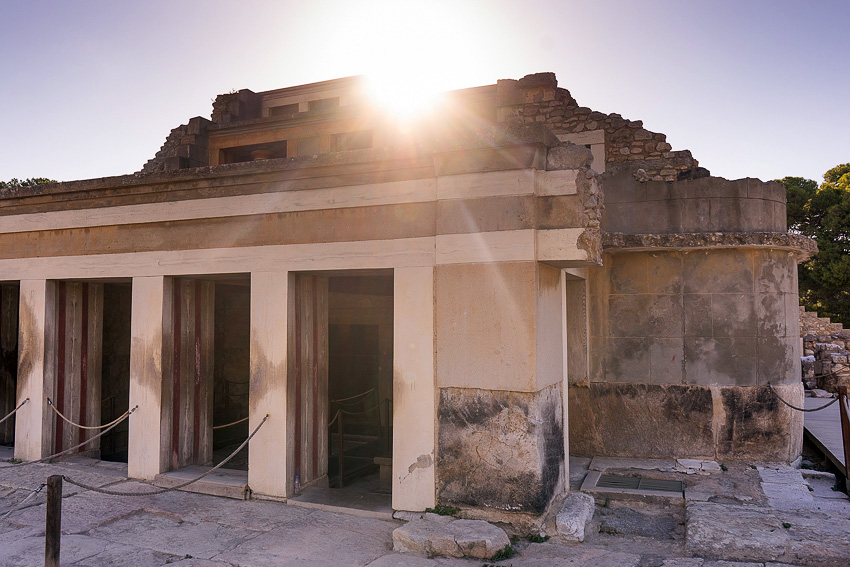
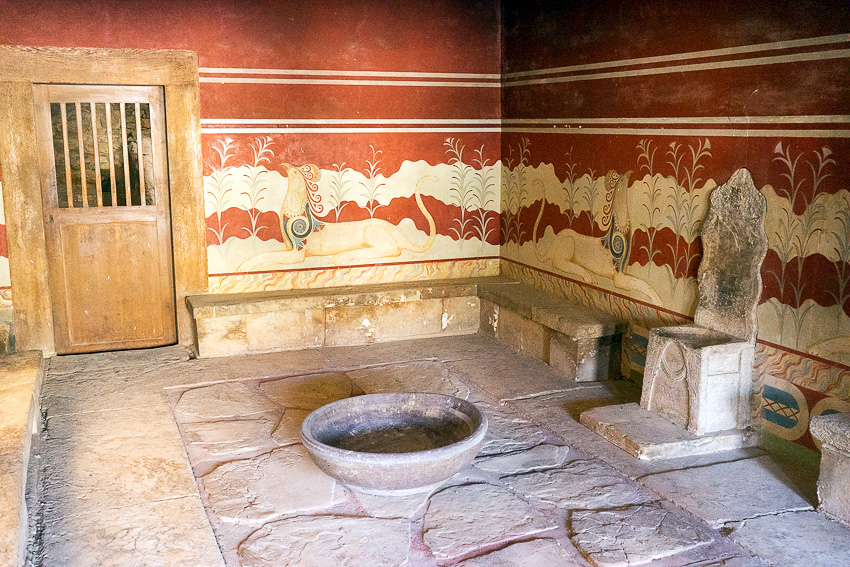

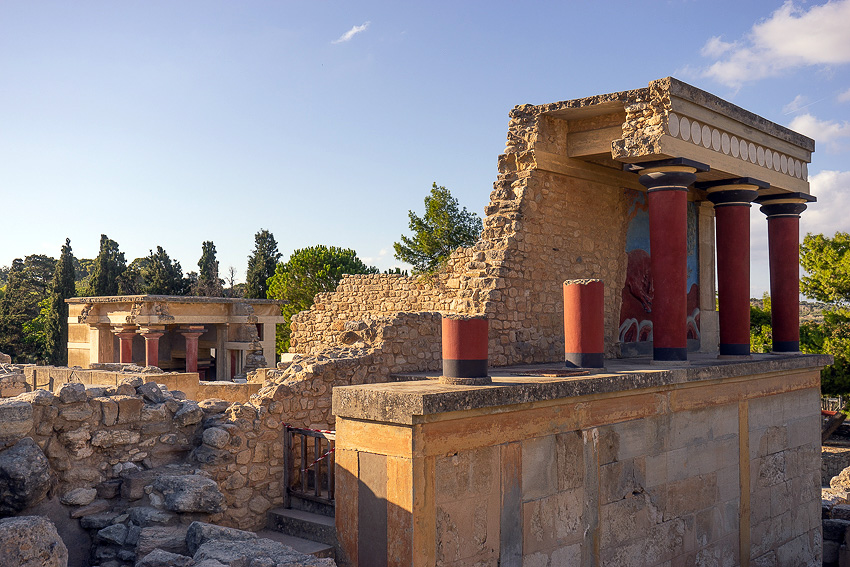
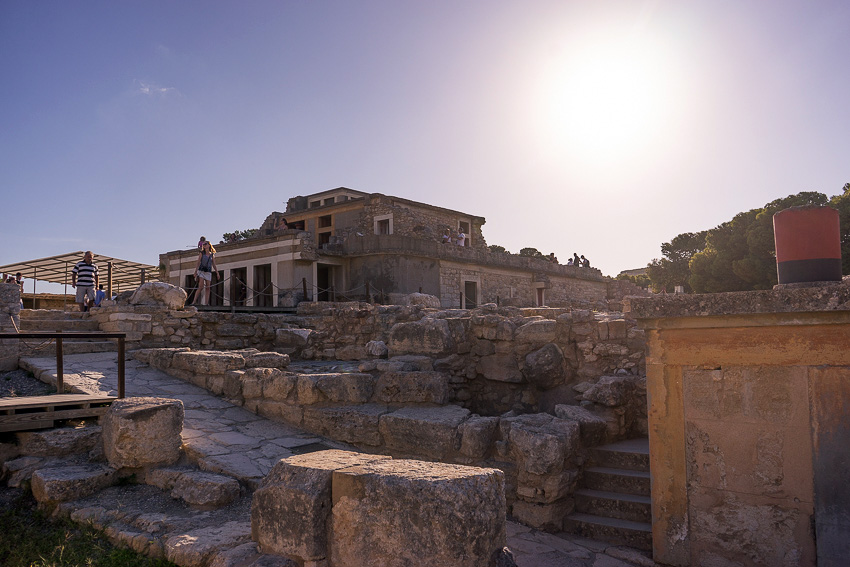
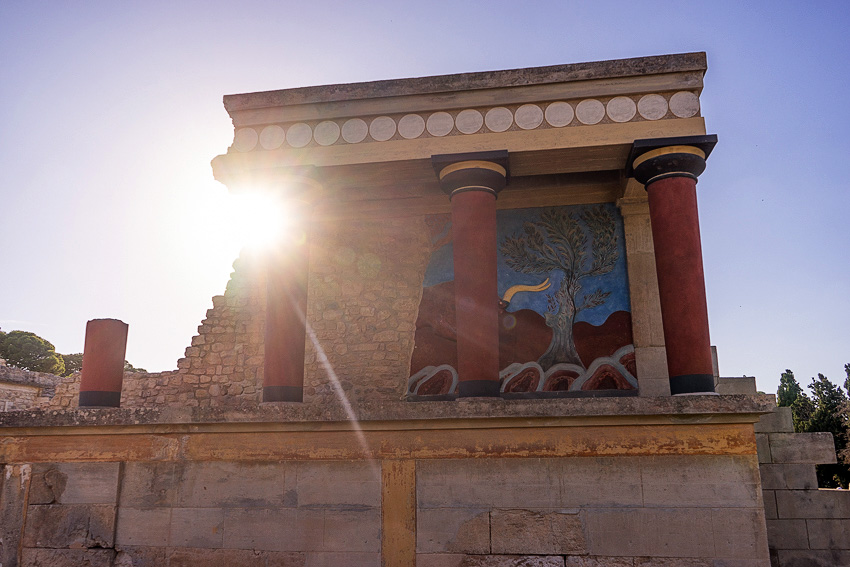
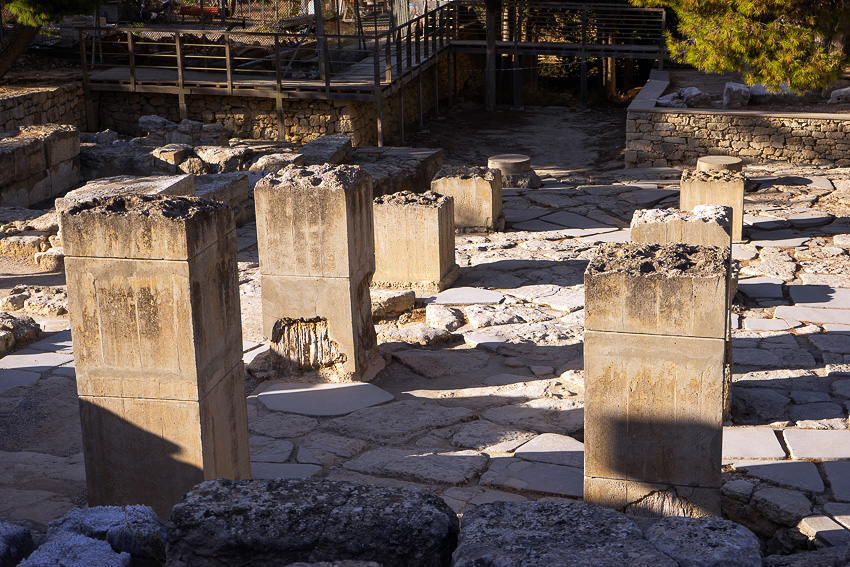
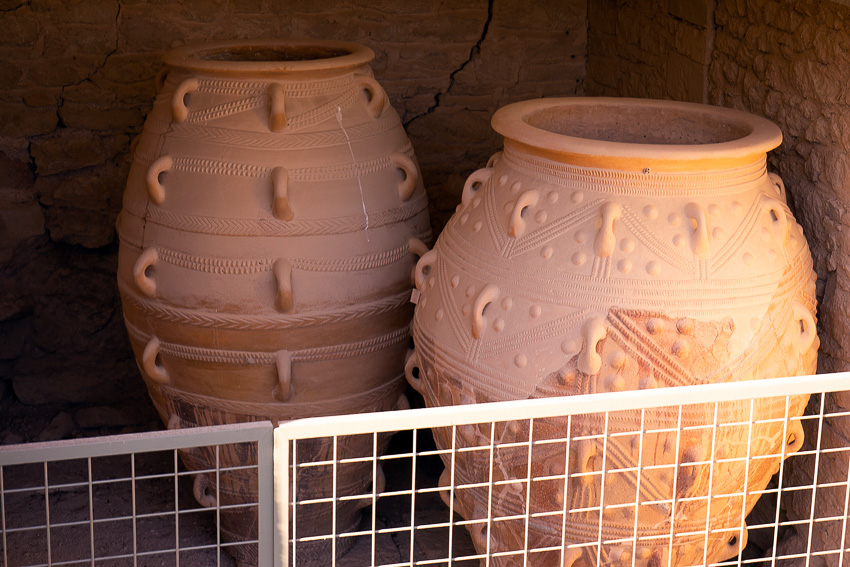
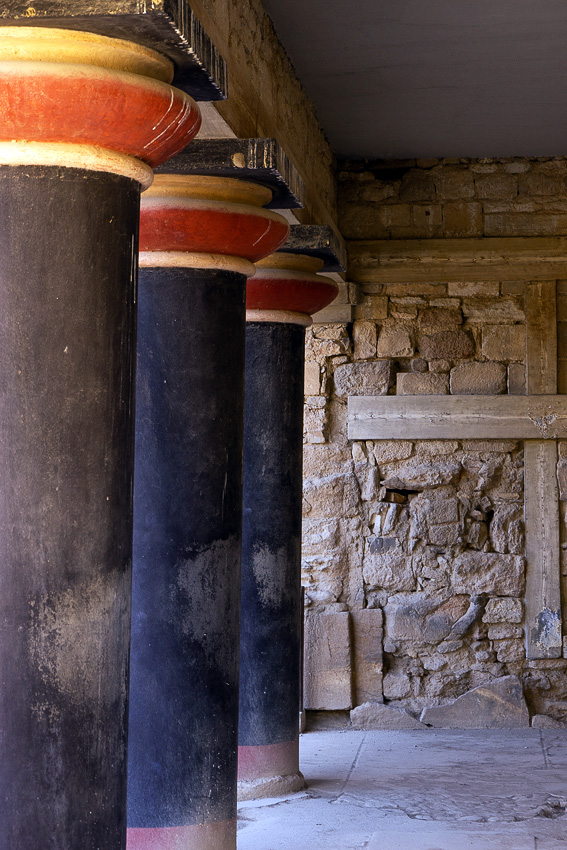
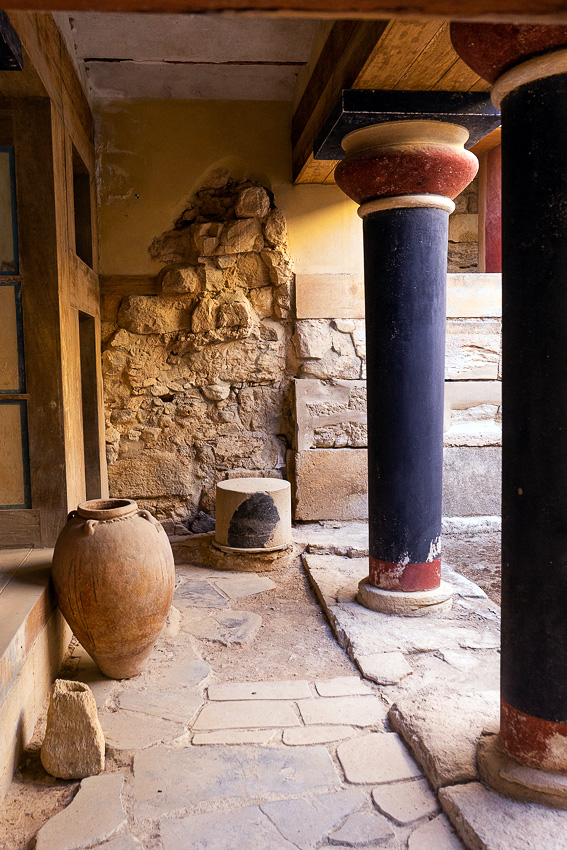
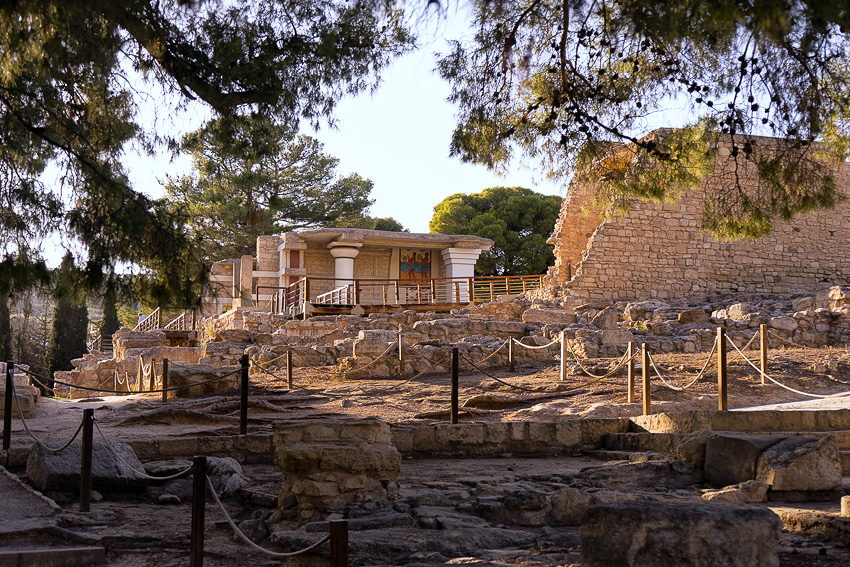
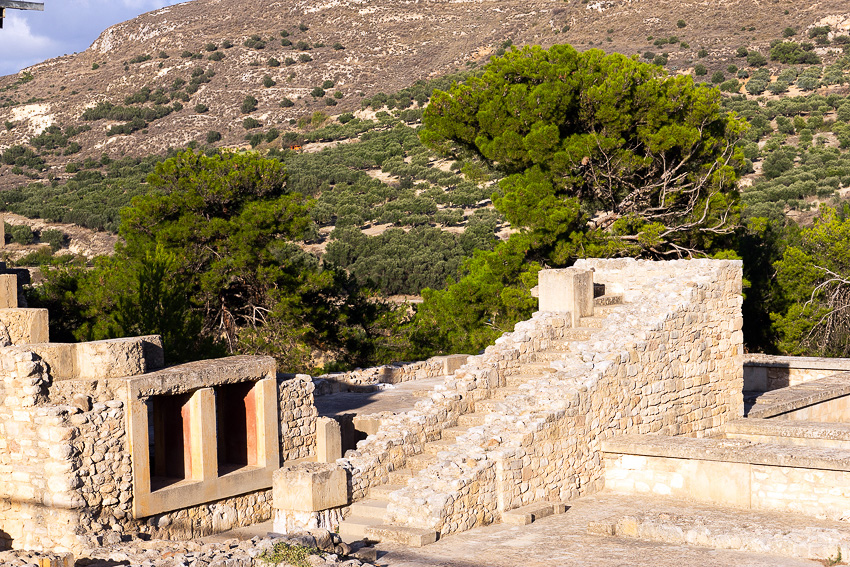

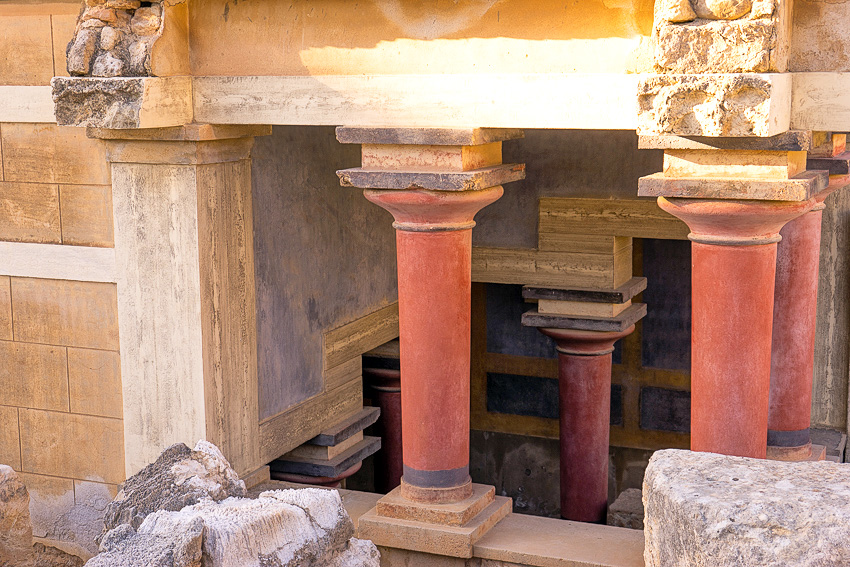
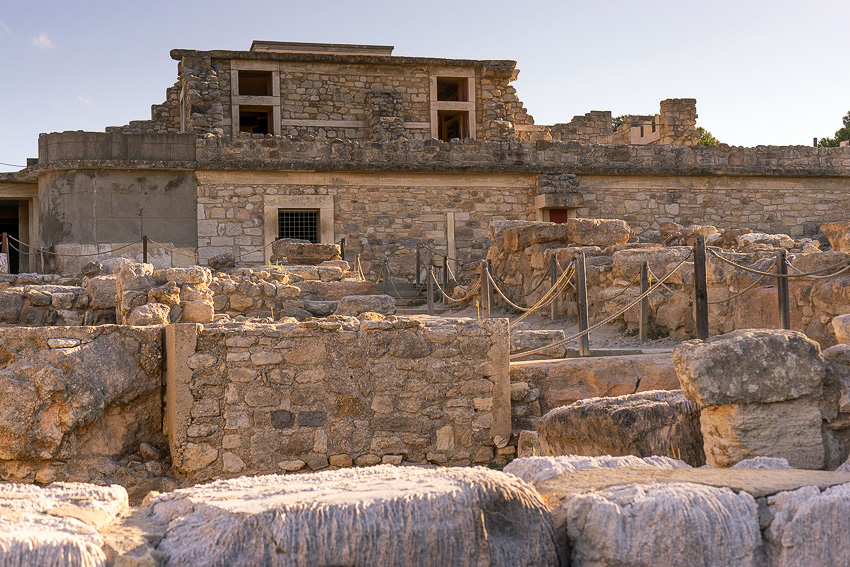

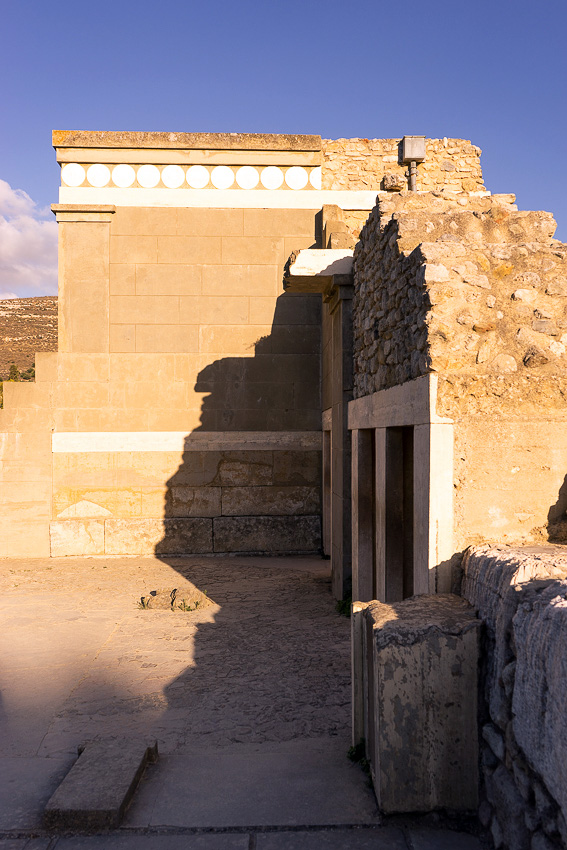
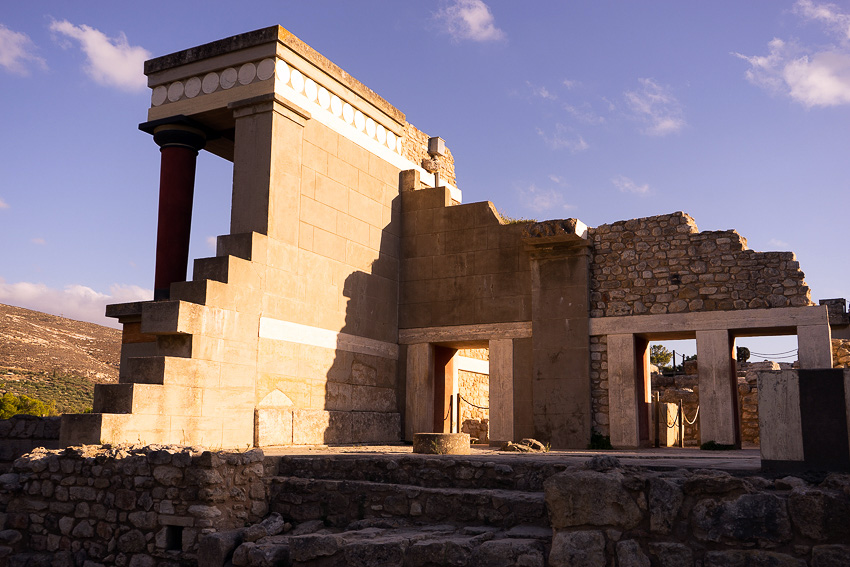
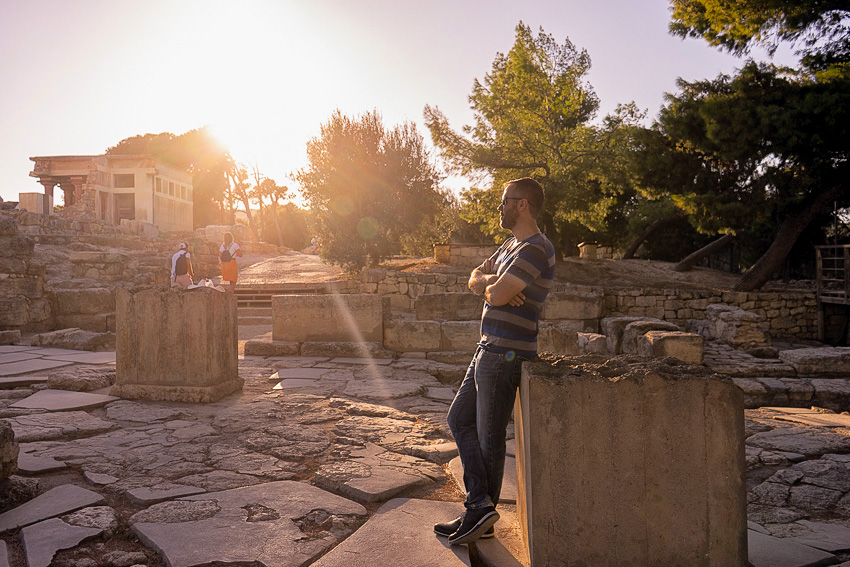
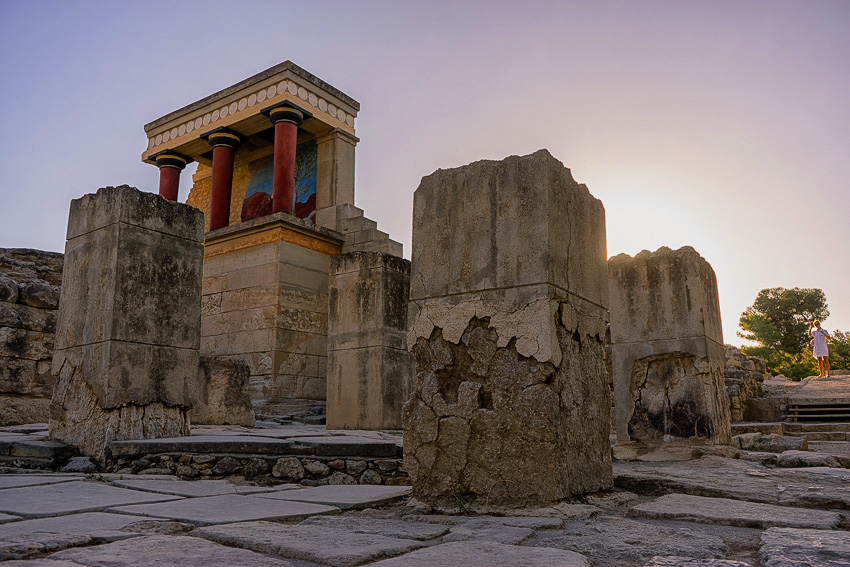

Learn more about our travel project on Steemit by clicking on the banner above and join our community on Discord


Leave a Reply